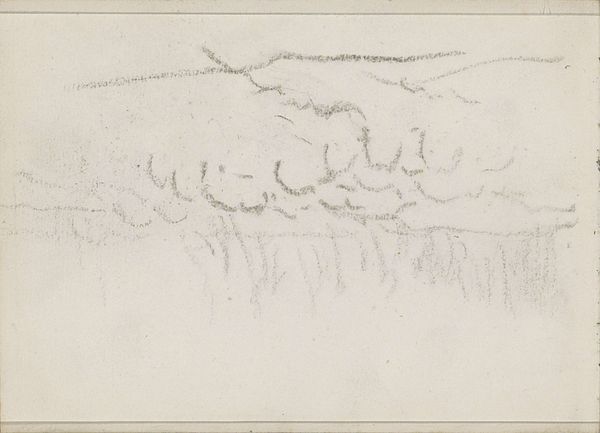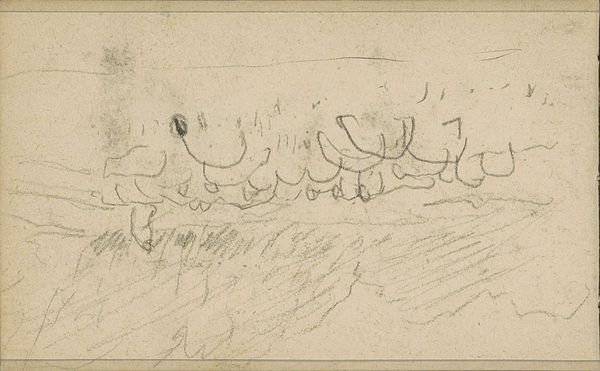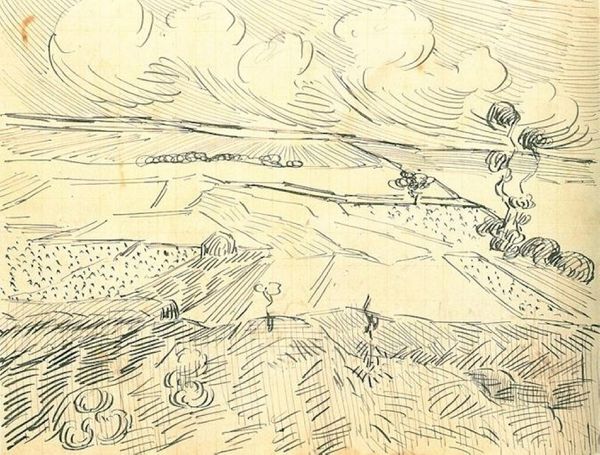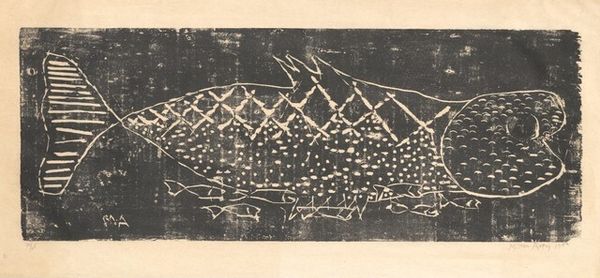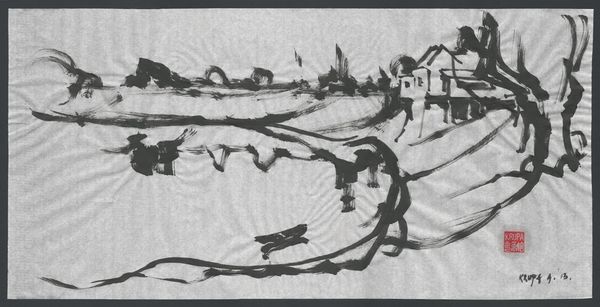
Le Cannameliste Français, Ou Nouvelle Instruction Pour Ceux Qui Desirent D'Apprendre L'Office, Rédigé en Forme de Dictionnaire 1768
0:00
0:00
Dimensions: Overall: 10 1/8 x 8 1/8 x 1 1/4 in. (25.7 x 20.6 x 3.2 cm)
Copyright: Public Domain
Joseph Gilliers’ “Le Cannameliste Français, Ou Nouvelle Instruction Pour Ceux Qui Desirent D'Apprendre L'Office, Rédigé en Forme de Dictionnaire” presents a glimpse into the elaborate world of 18th-century French confectionery. Gilliers, born in 1658, occupied an interesting position in society, he was neither fully bourgeois nor aristocratic, and his work reflects this. This book is more than just a collection of recipes, it’s a cultural artifact revealing the intricate social hierarchy of the time. Confectionery, like the arts, was a display of wealth and status. Note the ornate designs, which are not just decorative but symbolic, communicating power and taste. The book's dedication to teaching suggests an aspiration to democratize this art form, yet it remains firmly within the confines of the elite. Consider how gender roles are subtly present. The elaborate confections were likely created by men, while their consumption was an activity often associated with women in aristocratic settings. Gilliers’ book invites us to reflect on the complex interplay between food, power, and identity in 18th-century France. It underscores the ways in which culinary arts have always been deeply intertwined with social and cultural meanings, reflecting personal and societal values.
Comments
No comments
Be the first to comment and join the conversation on the ultimate creative platform.

